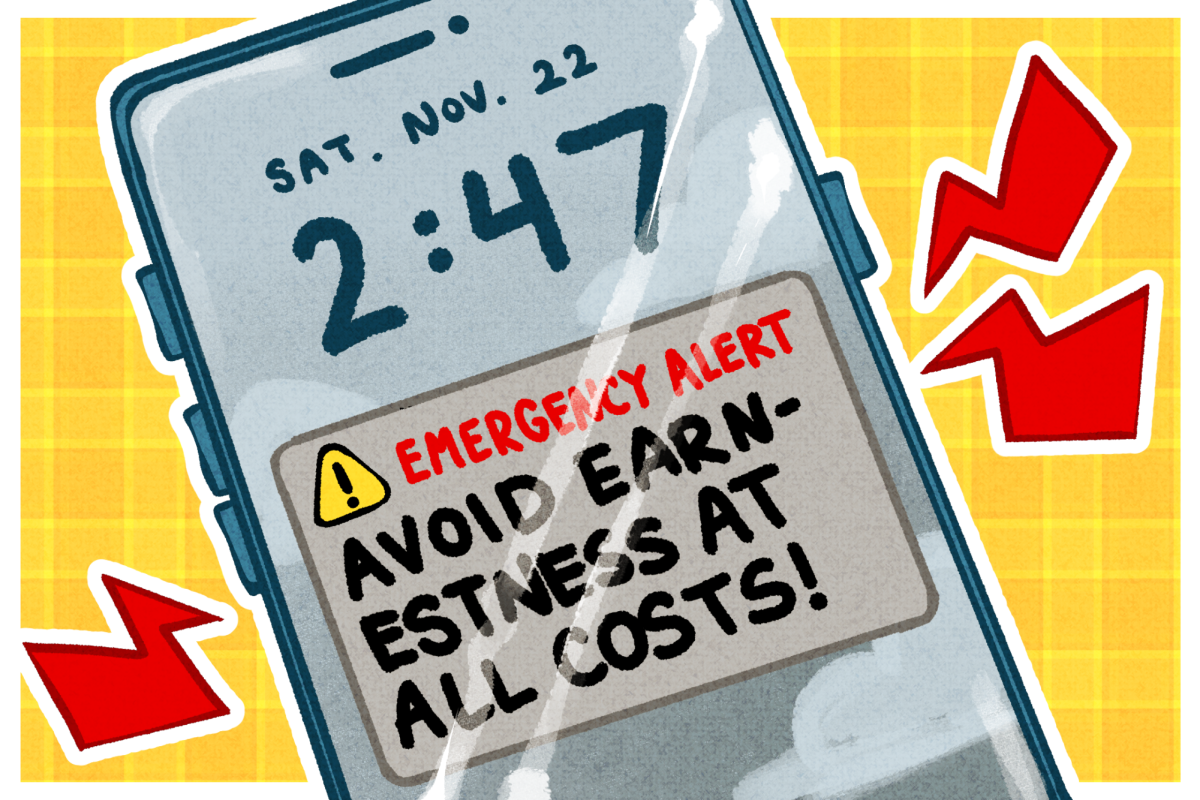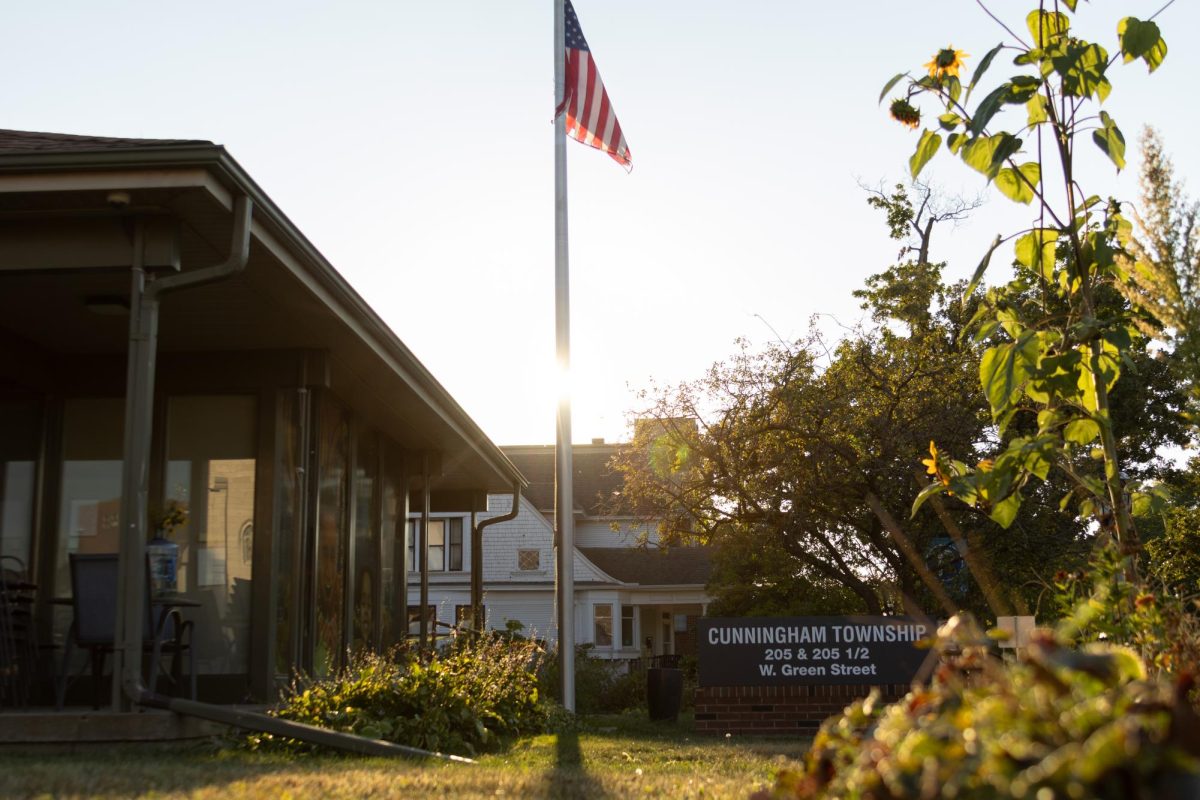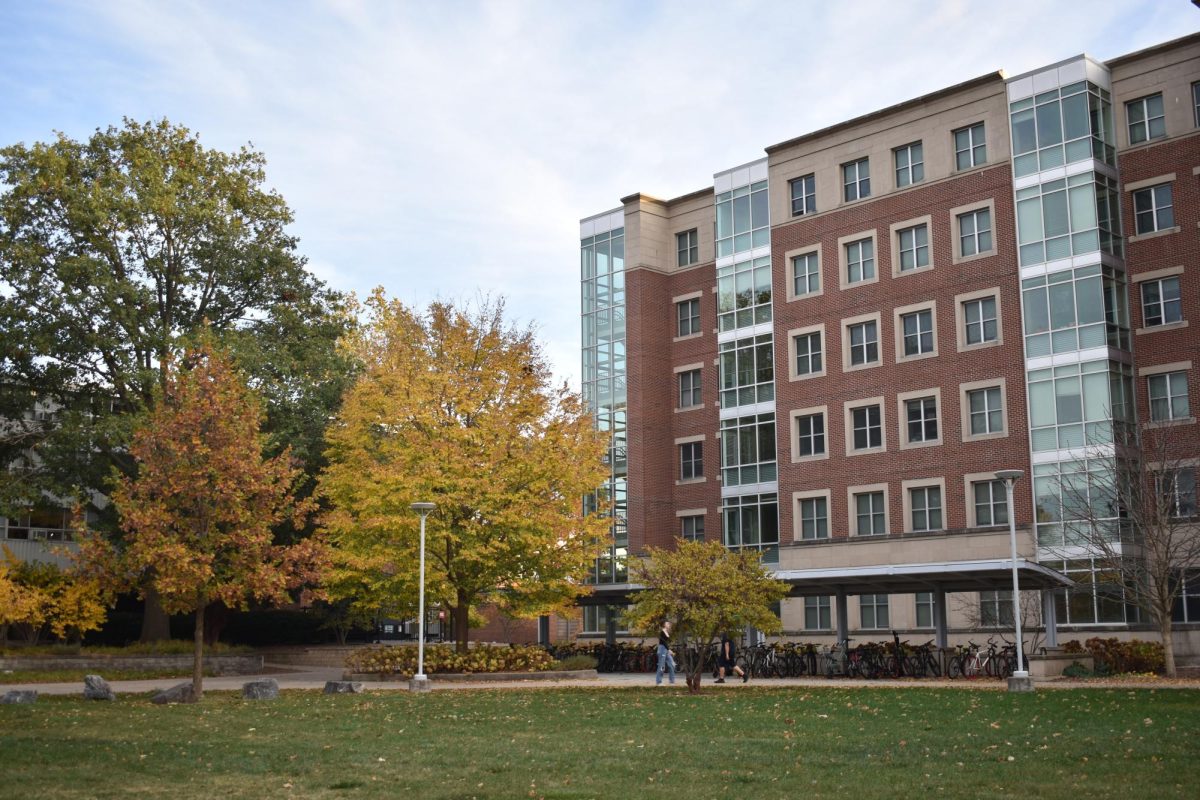When I first moved into my apartment my sophomore year, I couldn’t help but notice a dreadful feeling of loneliness — one which I’m sure we all know but dismiss as: “That’s what adulthood is.”
I’d like to push back on this notion. I am 20 years old, my rose-colored glasses are still slightly tinted and I don’t think adulthood should feel that way.
With this in mind — housing crisis aside — it’s understandable why the University deems it necessary for freshmen to live in a communal housing situation — preferably a University residence hall.
In a dorm, students are forced to use shared spaces and resources like study rooms, kitchens and bathrooms, creating a sense of community and knowing your neighbor, for better or worse.
Resident advisers, whose job is partly to foster community building through hosting events where you can meet your peers, help in this regard.
Get The Daily Illini in your inbox!
But the heavy lifting when it comes to community-building occurs in the dining hall, where daily meals become social gatherings and students regularly interact with one another.
You’re corralled with people your age experiencing the same, new things simultaneously. The University knows this, and they want you to be successful. With the way things are set up, you’d have to be antisocial to come away from freshman year without meeting at least one person with whom you can tolerate eating PAR stir fry.
I’ll admit, sharing a bathroom with half of your floor is a nightmare that most freshmen are keen to avoid, and instead opt for the privatized comforts of an apartment. But — just for fun — let’s think about dorms the way economists think about cities.
Take some of the negative externalities behind cities: noise pollution (your neighbors’ dorm party might be loud), pollution (your neighbors might not know how to flush) and disease outbreaks (the classic Frat Flu) are such commonalities.
But there are positive externalities to cities, called “agglomeration economies.” Mostly, they deal with production increases — but bear with me. One deals with “matching,” which, in urban economics, relates to labor markets — finding the career that best suits your skillset — and meeting new, interesting people. Large numbers of people in a shared space allow for random, serendipitous encounters and events that make life fun and interesting.
For example, identifying a friend based on whose slides just entered the shower next to yours and striking up a long conversation is a uniquely dorm-related experience.
Another positive externality is “learning.” Proximity allows for both the exchange of ideas and spontaneous social learning. What classes to take, which RSOs to join and places to study — these are the conversations you have in the dining halls that lead to new opportunities to expand your social network and improve your college experience.
All of this can be applied to college life in general, but I’d argue it’s easiest to reap the benefits of spontaneous matching and social learning while living in a crowded residence hall.
Many people think implementing medium-density housing options like duplexes, triplexes and bungalows is a viable solution to our country’s housing crisis. Couple that with the idea of “15-minute cities” — where a resident’s needs can be easily accessed within 15 minutes — and “third places,” which are spaces outside of the home and the workplace where socialization occurs and … Oh.
We’re talking about a college town.
Colleges are full of third places. When I return to my hometown, I feel an incredible sense of annoyance that the nearest non-chain coffee shop is about three miles away while, in Champaign, I have my pick of the litter only a short walk away.
We’ve got it good here — grocery trips can be done using our robust public transit system, there’s no shortage of third places to meet new people and there are lots of interesting events to attend on any given day.
One of the reasons people look so fondly at their college days is because collegiate life offers an experience that can’t be replicated. This is in part because college towns offer these benefits — and many more — which many adults will never enjoy again. A column by Nadia Anees at the University of California at Davis’ The California Aggie even argues that walkability results in nostalgic recollections of college life.
Ultimately, I’m glad to be living in an apartment. But I miss the feeling of community offered by the residence halls, and, by extension, appreciate the feeling of community offered by being an undergraduate attending a college. When my four years are up, what then — should I move to a city?
Raphael is a junior in LAS.













